Suboxone: A Comprehensive Guide to Opioid Dependence Treatment
Opioid dependence continues to be a pressing concern in many communities, affecting individuals and families alike. For those seeking recovery, Suboxone offers a promising solution. This article delves into what Suboxone is, how it works, and its role in the journey towards healing.
What is Suboxone?
Suboxone is a medication specifically designed to treat opioid dependence. It contains two active components: buprenorphine and naloxone. Buprenorphine is a partial opioid agonist, which means it activates opioid receptors in the brain but to a much lesser degree than full agonists like heroin or prescription painkillers. This property helps to alleviate withdrawal symptoms and cravings without producing the intense high associated with other opioids.
Naloxone, on the other hand, is an opioid antagonist. Its primary function is to counteract the effects of opioid overdose. By including naloxone in Suboxone, the medication discourages misuse. If someone attempts to inject Suboxone to achieve a high, the naloxone will block the euphoric effects, essentially providing a safeguard for individuals using the medication responsibly.
How Does Suboxone Work?
Upon taking Suboxone, the buprenorphine component binds to the same opioid receptors that other opioids do, but it does so in a way that mitigates the intense effects. This mechanism makes it an effective choice for those undergoing detoxification or in recovery. By stabilizing the brain’s chemistry, Suboxone allows individuals to focus on their recovery without the constant distraction of cravings or withdrawal symptoms.
Benefits of Using Suboxone
One of the standout features of Suboxone is its ability to help individuals transition away from more potent opioids. Here are some key benefits of using Suboxone for opioid dependence:
1. Reduced Withdrawal Symptoms: Many patients report a significant decrease in withdrawal symptoms when using Suboxone compared to other opioid treatment options.
2. Risk of Overdose Minimization: The inclusion of naloxone decreases the likelihood of overdose, providing an added layer of safety for individuals in treatment.
3. Convenience and Flexibility: Suboxone can be prescribed and taken at home, making it a convenient option that allows flexibility in recovery programs.
4. Long-lasting Effects: The effects of buprenorphine can last for up to 24 hours, which means only once-daily dosing is often required.
5. Support for Therapy: Suboxone is most effective when combined with counseling and behavioral therapies, offering a holistic approach to recovery.
Who is a Candidate for Suboxone?
Suboxone is primarily aimed at individuals struggling with opioid dependence, including those who may have developed a tolerance or are experiencing withdrawal symptoms. However, it is essential to consult with a healthcare professional to determine eligibility. An evaluation typically includes a discussion of the individual’s health history, substance use habits, and any previous attempts at recovery.
Some individuals may not be suitable candidates for Suboxone due to specific medical conditions or contraindications, making professional guidance crucial.
How to Start Treatment with Suboxone
Starting treatment with Suboxone involves a few critical steps:
1. Consultation: The first step is to meet with a healthcare provider specializing in addiction medicine. They will assess your condition and discuss your treatment options.
2. Induction Phase: If Suboxone is deemed appropriate, the provider will guide you through the induction phase. This phase typically occurs when withdrawal symptoms begin. The doctor will carefully monitor the dosing during this initial period.
3. Maintenance Phase: After the induction phase, you will enter the maintenance phase. Your healthcare provider will determine the appropriate dosage for you, which may be adjusted based on your progress and any potential side effects.
4. Ongoing Support: Regular follow-ups are essential to ensuring you are on the right track. This phase may include additional counseling sessions and support groups, creating a comprehensive support network.
Conclusion: Embracing Recovery with Suboxone
In conclusion, Suboxone represents a significant advancement in the treatment of opioid dependence. By understanding its mechanics and benefits, individuals struggling with addiction can find hope and support on their road to recovery. It’s essential to approach treatment with the guidance of healthcare professionals, combining medication with therapy for optimal results. If you or someone you know is battling opioid dependence, exploring Suboxone could be a life-changing step toward healing and a brighter future.


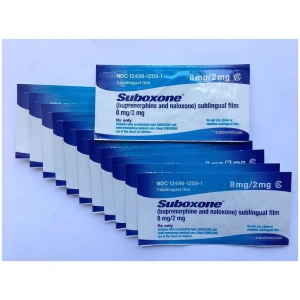
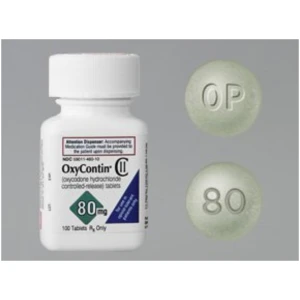
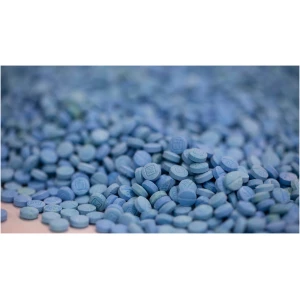
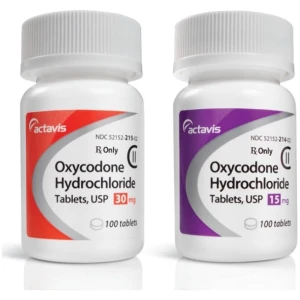
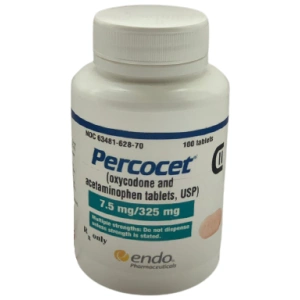
Reviews
There are no reviews yet.